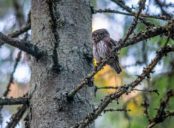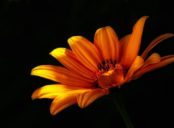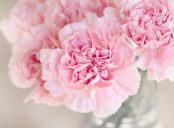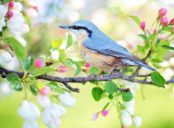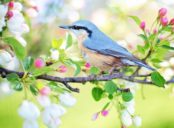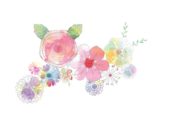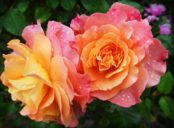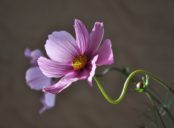Palettblad Träd Flätad: A Comprehensive Guide to a Popular Houseplant
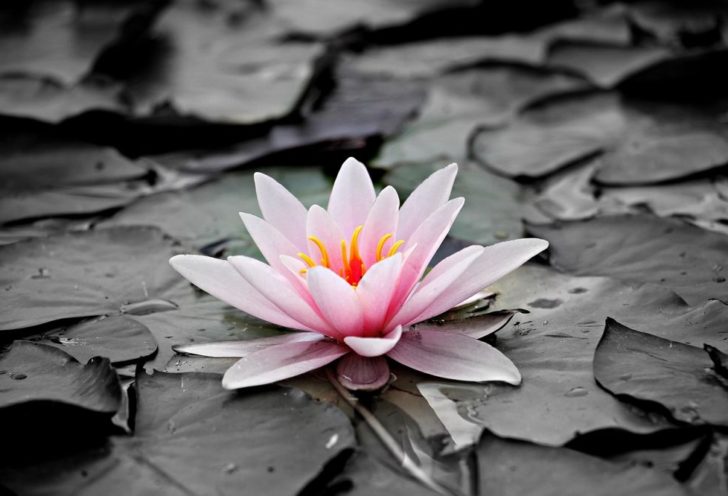
Introduction:
Palettblad träd flätad, also known as ficus lyrata, is an eye-catching and popular houseplant that adds a touch of elegance and vibrancy to any indoor setting. In this article, we will dive into the details of palettblad träd flätad, exploring its characteristics, types, popularity, and how it differs from other plants. Additionally, we will provide a historical overview of both the advantages and disadvantages of cultivating this stunning plant. So, let’s embark on this enlightening journey!
1. A Comprehensive Introduction to Palettblad Träd Flätad:

Palettblad träd flätad, characterized by its large and fiddle-shaped glossy leaves, belongs to the ficus family. This evergreen tree, native to western Africa, can reach up to 50 feet in height under natural conditions. However, when cultivated as a houseplant, it can be pruned to maintain a desired size.
2. Understanding Palettblad Träd Flätad: Types and Popularity:
a. Types: There are several popular varieties of palettblad träd flätad, such as Ficus lyrata ’Bambino,’ Ficus lyrata ’Compacta,’ and Ficus lyrata ’Golden King.’ Each type has its own unique leaf shape, size, and color, offering enthusiasts a wide range of options to choose from.
b. Popularity: Palettblad träd flätad has gained immense popularity among plant enthusiasts due to its striking appearance and relatively easy care requirements. Its bold foliage, showcased in Instagram-worthy plant corners, has made it an interior design favorite. The plant’s adaptability to various light conditions and resistance to common pests also contribute to its popularity.
3. Quantitative Insights into Palettblad Träd Flätad:
To truly understand the benefits of palettblad träd flätad, consider the following quantitative measurements:
a. Air Purification: This plant has been found to improve air quality by removing pollutants such as formaldehyde and xylene, making it a health-conscious choice for indoor environments.
b. Growth Rate: Palettblad träd flätad is known for its moderate growth rate, with an average increase of 2-3 feet per year when provided with optimal conditions.
c. Watering and Humidity: The plant requires regular watering, with the soil kept moist but not waterlogged. Additionally, it thrives in moderate to high humidity levels, making it suitable for bathrooms or kitchens.
4. Exploring the Differences Among Palettblad Träd Flätad Varieties:
While all palettblad träd flätad varieties share similar characteristics, subtle differences exist. These variations can be seen in leaf size, shape, color, and overall growth patterns. Understanding these distinctions can help enthusiasts select the perfect variety to complement their home decor.
5. A Historical Overview of the Pros and Cons of Palettblad Träd Flätad:
Palettblad träd flätad has a rich history, with both advantages and drawbacks to consider when cultivating this captivating plant.
a. Advantages: Historically, palettblad träd flätad has been praised for its ability to fill empty spaces and create a sense of greenery indoors. Additionally, its air-purifying qualities make it a beneficial plant for those concerned about indoor air pollution.
b. Drawbacks: Despite its appeal, palettblad träd flätad can be challenging to care for, especially for beginners. It requires consistent pruning, proper watering, and attention to humidity levels. Additionally, its large leaves may attract pests such as spider mites if not maintained adequately.
Conclusion:
Palettblad träd flätad is not just a simple houseplant; it is a true botanical masterpiece that adds elegance and freshness to any living space. With its variety of types and popularity among plant enthusiasts, this captivating plant is sure to create a focal point in any room. By being aware of its unique characteristics, quantitative measurements, differences among varieties, and historical advantages and drawbacks, enthusiasts can successfully cultivate and enjoy the beauty of palettblad träd flätad in their homes.
Remember to always reposition or rotate your palettblad träd flätad to ensure even growth and prevent leaves from leaning towards a light source. With proper care and attention, your palettblad träd flätad will thrive and become a stunning centerpiece, adding a touch of nature’s beauty to your home. So why wait? Embark on this green journey and adorn your living spaces with the enchanting presence of the palettblad träd flätad!



